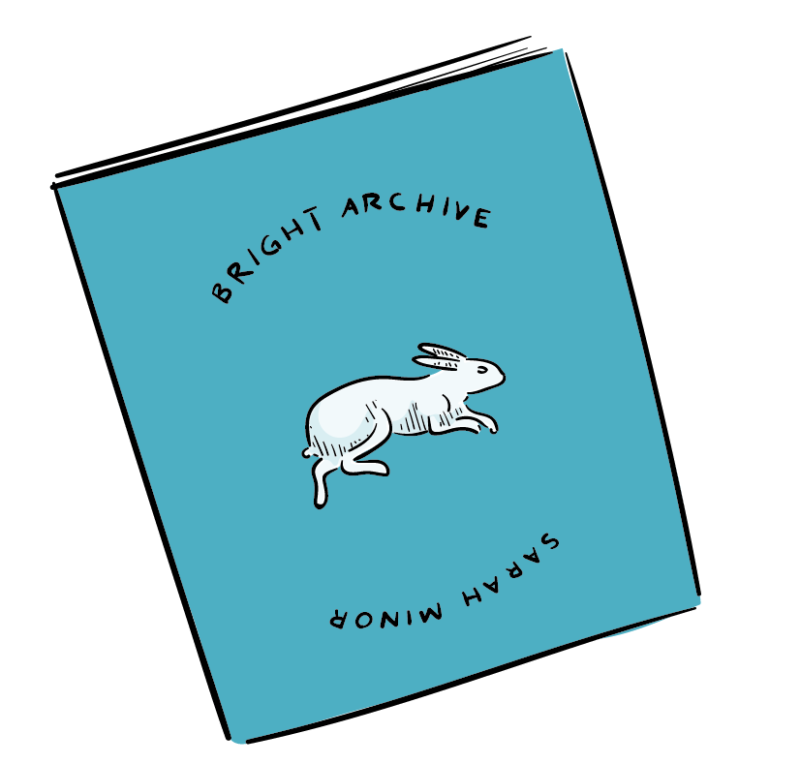On an overcast March morning two years ago in Athens, Ohio, my twelve undergrad students and I climbed the brick-paved hill toward Ohio University’s Trisolini Gallery. We were on our way to view the opening of essayist Sarah Minor’s Beasts of the Interior installation, an experience that flyers around campus had promised would familiarize viewers with sculptural texts, a term Minor adapted from the art world to define the merging of literary and visual media.
The term describes work by artists like Ebon Heath, Damian Aquiles, and Jaume Plensa, whose sculptures are composed of letters and numerals. The text that these shapes comprise is not intended to be “read” by viewers. Instead, the sculptor uses language in a symbolic capacity for a specific aesthetic purpose. For example, the steel letters, taken from nine alphabets, that form the humanoid figures in Plensa’s Soul series work to express how the oneness of human experience transcends language barriers. In a similar mode, in his typographic mobiles, Heath strings paper letters together, hanging them from the ceiling to give three-dimensional shape and movement to traditional two-dimensional textual expression. In each case, sculptural texts turn reading into an act of viewing; because viewers cannot make literary sense of the text, they must instead focus on its aesthetic qualities.
Sarah Minor’s interpretation of sculptural text turns this paradigm on its head. Her work troubles the line between reader and viewer, asking the audience to inhabit both roles at once. Minor’s aesthetic resides somewhere in the space between the visual arts and the literary world. Most of her work—whether on the page, on a screen, or as a physical artifact—braids legible text with visual, tactile, or mechanical elements. Her first print book, Bright Archive (Rescue Press, 2020), continues this experimentation with two visual essays adapted from the sculptural texts in the Beasts of the Interior installation, alongside seven other pieces. This is a boon for readers, as Minor is a formidable essayist whose contributions to nonfiction are not limited to formal innovation. Bright Archive also interrogates questions of sexuality, refuge, and familial legacy. As the title of its cousin exhibit implies, the essays catalog the unseen: what one might find hidden beneath a rushing river, or tucked away in kitchen cupboards, or stuffed down a laundry chute. Minor wonders what beasts are lurking, more figuratively, beneath the human...
You have reached your article limit
Sign up for a digital subscription and continue reading all new issues, plus our entire archives, for just $1.50/month.
Already a subscriber? Sign in





